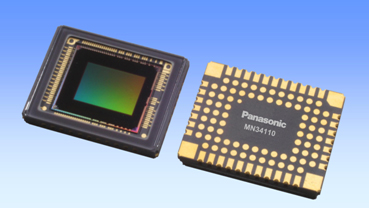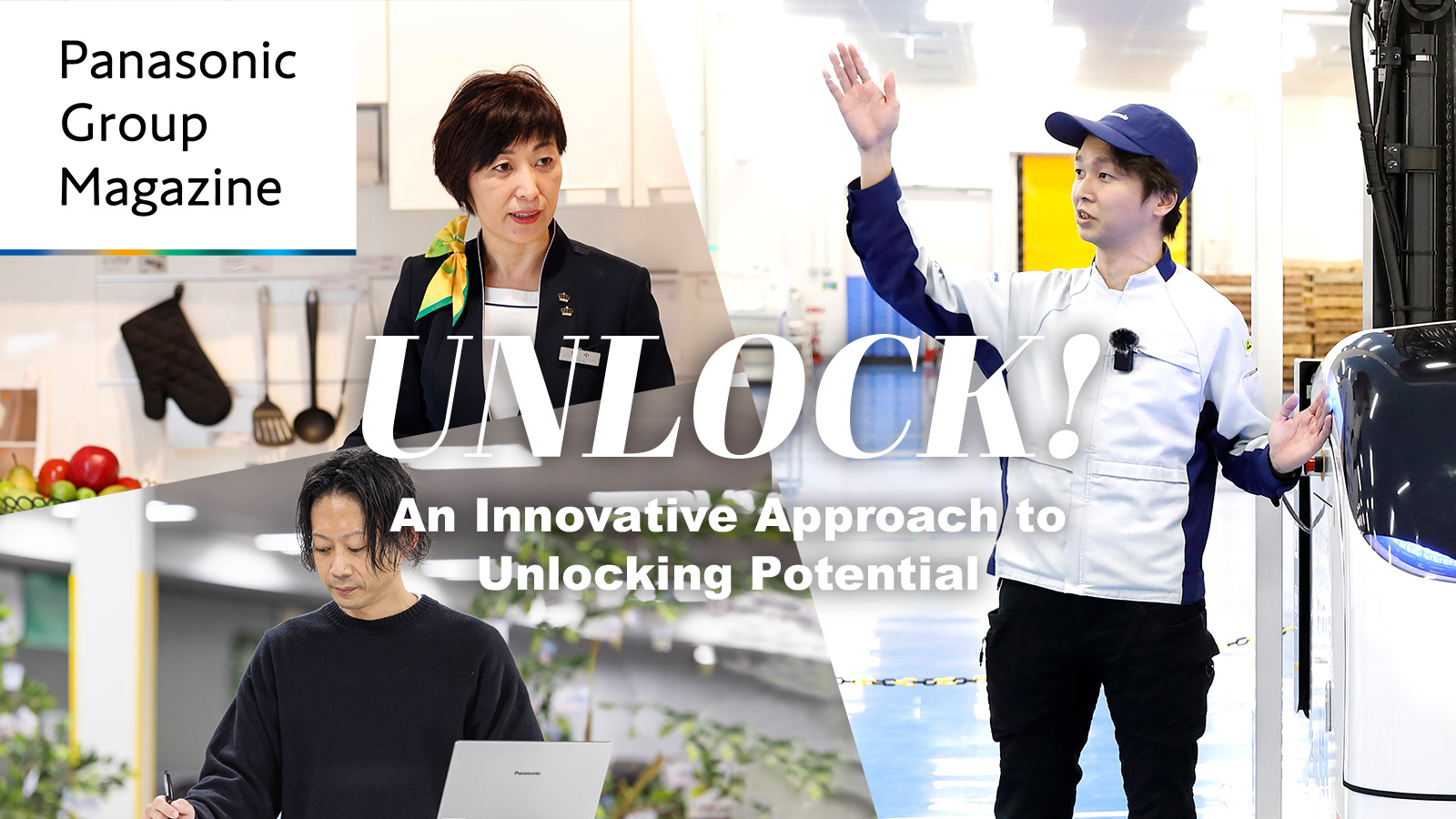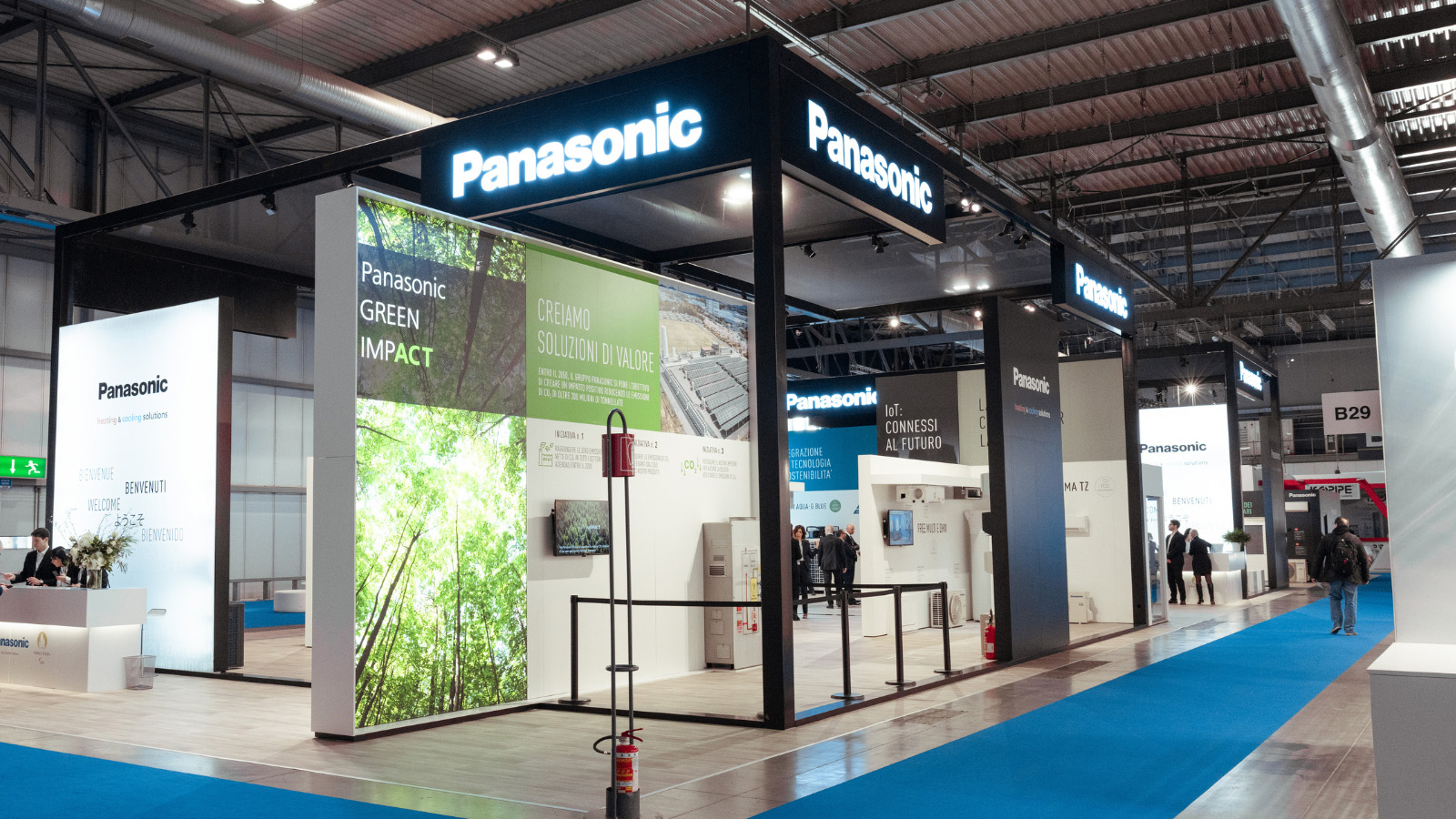May 12, 2011
Press Release
Panasonic Develops New High Picture Quality MOS Image Sensor with Industry's Highest Sensitivity*1
Osaka, Japan - Panasonic Corporation has successfully developed high sensitivity and high picture quality technologies for new MOS image sensors by improving the sensitivity of the company's νMaicovicon®*2 MOS image sensor and suppressing uneven color and brightness, which may be an issue for low-profile cameras, thereby ensuring more uniform image quality. Using these technologies, Panasonic will start mass production of a new MOS image sensor (MN34110) for digital cameras, a diagonal 7.7 mm (1/2.33-inch type) sensor with 14 megapixel effective resolution, in December 2011 and continues to develop various types.
Current high-sensitivity MOS image sensors suppress unevenness in brightness. CCDs have low color-mixing characteristics that suppress color unevenness. The rapidly expanding market for digital cameras with higher image quality and a slimmer body has resulted in greater demand for a stable supply of image sensors that offer both high sensitivity and uniform picture quality.
Panasonic has achieved both MOS image sensor's high sensitivity and uniform picture quality using the new MOS image sensor technologies, enabling digital cameras and camcorders as well as cameras incorporated in smartphones and other mobile terminals to be slimmer with higher sensitivity and improved picture quality.
- The fine process technologies provide a sensitivity of 3050 el/lx/sec/μm2, the industry's highest*1 as a MOS image sensor.
- The new light-focusing structure significantly expands the incident light angle, ensuring uniform and high picture quality, as well as produces a slimmer camera.
- The simple manufacturing process is based on the current MOS image sensor structure, ensuring a stable supply.
- The 32 and 45 nm (nanometers) leading-edge semiconductor process technologies lower the wiring layer profile, expand the opening area, and increase the photo diode volume.
- The low color-mixing characteristics are enhanced by light-focusing structure design technologies that use a three-dimensional wave optics design to minimize light leakage at the structural boundaries.
- Image sensor mass-production technologies allow stable production of MOS image sensors with high picture-quality.
*1: Based on Panasonic's data as of May 12, 2011
*2: νMaicovicon is a registered trademark of Panasonic Corporation.

Panasonic's new high picture quality MOS image sensor
with the industry's highest sensitivity
About Panasonic
Panasonic Corporation is a worldwide leader in the development and manufacture of electronic products for a wide range of consumer, business, and industrial needs. Based in Osaka, Japan, the company recorded consolidated net sales of 8.69 trillion yen (US$105 billion) for the year ended March 31, 2011. The company's shares are listed on the Tokyo, Osaka, Nagoya and New York (NYSE:PC) stock exchanges. For more information on the company and the Panasonic brand, visit the company's website at http://panasonic.net/.
Media Contacts:
- Panasonic Corporation
- Tel: 03-6403-3040 Fax: 03-3436-6766
- Panasonic News Bureau
- Tel: 03-3542-6205 Fax: 03-3542-9018
Banner area begins from here.
The content in this website is accurate at the time of publication but may be subject to change without notice.
Please note therefore that these documents may not always contain the most up-to-date information.
Please note that German, French and Chinese versions are machine translations, so the quality and accuracy may vary.






